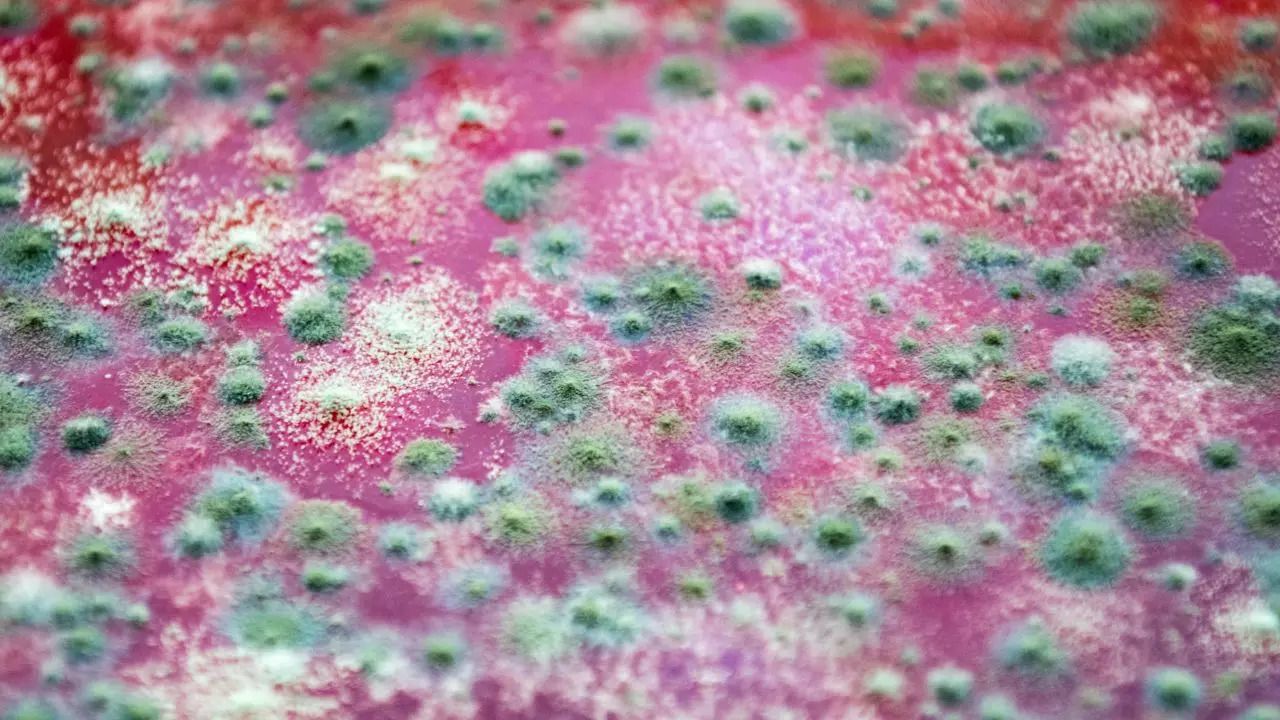Contents
14 people test positive for Valley Fever in California; Symptoms and prevention tips for fungal infection
Valley fever is caused by a fungus, Coccidioides, that thrives in hot and dry climates. 14 attendees and staff at an outdoor music festival in California’s Central Valley tested positive for valley fever. At least three of them were hospitalized. Read on to learn the symptoms and prevention tips for fungal infections.

Symptoms and prevention measures for Valley Fever
outbreak of Valley Fever Cases have been reported in Arizona and California after 14 attendees and staff at an outdoor music festival in California’s Central Valley were infected. Speaking to NBC News, the California Department of Public Health said people who attended or traveled to work at the Lightning in a Bottle festival in Bakersfield in May have tested positive for valley fever. At least three of them were hospitalized.
Valley fever is caused by a fungus, Coccidioides, that thrives in hot and dry climates. With climate change, the number of valley fever cases in California is increasing. “Initial valley fever cases have been particularly high in 2023 and 2024, possibly associated with heavy winter rainfall in 2022-2023 following years of drought,” the health department said in a statement.
The number of infections in California has surged from fewer than 1,000 in 2000 to more than 9,000 in 2019. There have been 5,370 suspected or confirmed cases so far this year, according to a recent report from the state Department of Health.
What is Valley Fever?
It is a fungal infection caused by Coccidioides. It can cause symptoms such as fever, cough and fatigue. There are two species of Coccidioides fungi that cause Valley Fever. These fungi are usually found in the soil in specific areas. The fungal spores can be spread by anything that disrupts the soil, such as farming, construction and wind.
People can then breathe the fungus into their lungs. The fungus can cause valley fever, also called acute coccidioidomycosis. Mild cases of valley fever usually clear up on their own. In severe cases, doctors treat the infection with antifungal medications.
Symptoms of Valley Fever
Valley fever is the initial form of coccidioidomycosis infection. According to the Mayo Clinic, this initial, acute illness can develop into a more serious disease, including chronic and disseminated coccidioidomycosis.
Here, take a look at some of the symptoms of acute coccidioidomycosis, better known as valley fever.
- Fever
- cough
- Tiredness
- Difficulty in breathing
- Headache
- Feeling cold
- night sweats
- joint pain and muscle aches
- Red, spotty rash, mainly on the lower legs but sometimes also on the chest, arms, and back
Chronic coccidioidomycosis
Here, take a look at some of the symptoms of chronic coccidioidomycosis
- mild fever
- Weight Loss
- cough
- Chest pain
- blood-tinged sputum (coughing up material)
- Lumps in the lungs.
Disseminated coccidioidomycosis
This is the most severe form of the disease and is rare. It occurs when the infection has spread beyond the lungs to other parts of the body. Here, take a look at the signs and symptoms of disseminated coccidioidomycosis.
- Lumps, ulcers, and skin lesions that are more severe than the rash that sometimes accompanies the initial infection
- traumatic injury to the skull, spine, or other bones
- joint pain and swelling, especially in the knees or ankles
- Meningitis – infection of the membranes and fluid surrounding the brain and spinal cord.
How to Prevent Valley Fever
Here, take a look at some preventive measures for valley fever as there is no vaccine that can help prevent the fungal infection.
- wear a mask
- avoid very dusty areas, such as construction sites
- stay indoors during a dust storm
- Moisten the soil before digging or avoid digging if there is a high risk of infection
- keep doors and windows tightly closed
- Clean skin injuries with soap and water.
Get the latest news on Times Now as well as breaking news and top headlines from across health and the world.


